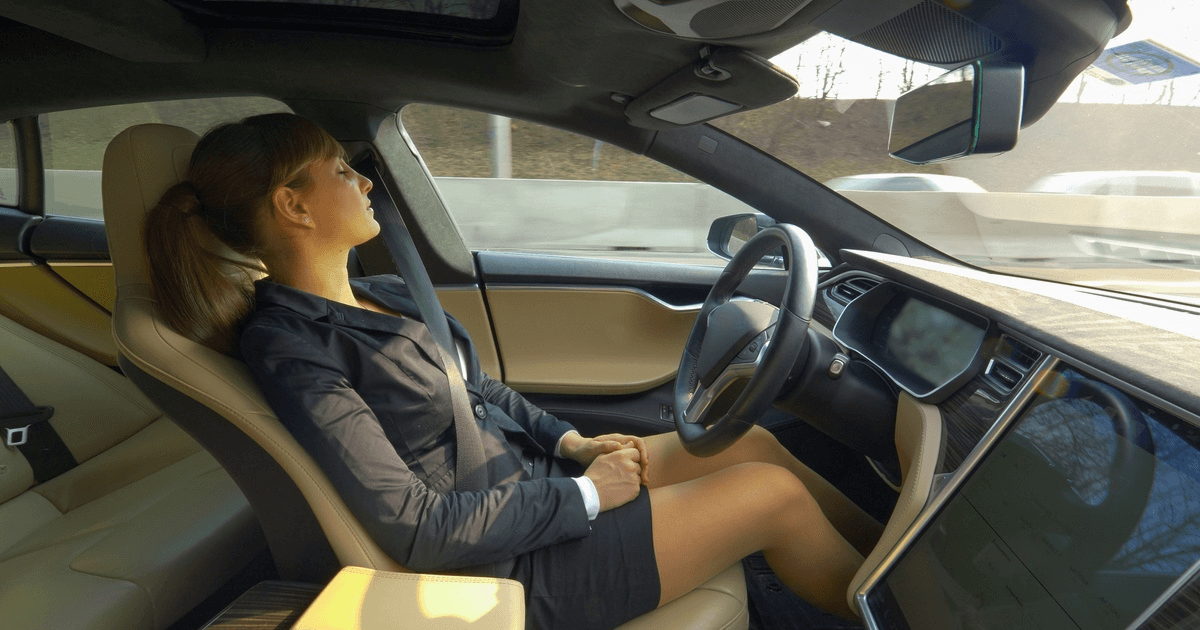

The race to perfect autonomous vehicles has created one of the most complex technological challenges of our time. While headlines focus on the breakthroughs, the real magic happens through an intricate network of cameras and sensor connections that serve as the eyes and ears of self-driving cars. These systems must process massive amounts of environmental data in real time, making split-second decisions that could mean the difference between a smooth ride and a catastrophic accident.
Modern autonomous vehicles rely on sophisticated sensor arrays that would make a fighter jet jealous. Each component works tirelessly to build a complete picture of the surrounding world, from detecting a child chasing a ball into the street to recognizing construction zones miles ahead. Understanding how these systems connect and communicate reveals the incredible engineering feat that autonomous driving represents.
Autonomous vehicles deploy multiple types of sensors, each bringing unique strengths to the table.
LiDAR sensors create detailed three-dimensional maps by shooting laser pulses and measuring how long it takes for the pulses to return. These systems excel at detecting objects regardless of lighting conditions, making them invaluable for nighttime driving or navigating through tunnels.
Radar sensors complement LiDAR by penetrating weather conditions that might challenge optical systems. Rain, snow, and fog barely affect radar’s ability to track moving objects and measure distances. This reliability makes radar particularly crucial for highway driving, where vehicles must detect other cars traveling at high speeds through varying weather patterns.
Ultrasonic sensors handle close-range detection, which is particularly useful for parking maneuvers and low-speed navigation. While their range extends only a few meters, they provide precise measurements for tight spaces where larger sensors might struggle with resolution.
Each sensor type generates different data formats and operates at various frequencies, creating integration challenges that engineers must solve through sophisticated connectivity solutions.
Camera technology in autonomous vehicles goes far beyond simple dashcams.
Monocular cameras use single lenses to capture images that computer vision algorithms analyze for lane markings, traffic signs, and pedestrian detection. These systems process color information that sensors like LiDAR cannot provide, making them essential for reading traffic lights and recognizing road signs.
Stereo camera setups use two or more lenses positioned at specific distances to create depth perception similar to human vision. This configuration allows vehicles to judge distances more accurately than single cameras, which is particularly important when merging into traffic or navigating around obstacles.
Multi-camera arrays surround vehicles with complete 360-degree coverage, eliminating blind spots that could hide potential hazards. Tesla’s approach uses eight cameras positioned strategically around their vehicles, while other manufacturers experiment with different configurations to optimize coverage and processing efficiency.
Advanced camera systems now incorporate infrared capabilities for improved night vision and thermal detection. These features help identify living beings that might not show up clearly on standard cameras, adding another layer of safety to autonomous navigation.
Individual sensors provide valuable information, but their true power emerges through sensor fusion—the process of combining data from multiple sources into a unified understanding of the environment. Modern vehicles process information from dozens of sensors simultaneously, creating detailed maps that update hundreds of times per second.
Fusion algorithms must account for timing differences between sensors, as different systems operate at various refresh rates. LiDAR might update 10 times per second while cameras capture 30 frames per second, requiring sophisticated synchronization to prevent conflicts in the data stream.
The computational requirements for effective sensor fusion push processing systems to their limits. Vehicles need powerful computers that can handle multiple data streams while running complex algorithms that interpret and prioritize information based on driving conditions and potential threats.
Machine learning plays an increasingly important role in sensor fusion, helping systems learn to weigh different sensor inputs based on environmental conditions. The system might rely more heavily on radar data during heavy rain while reducing emphasis on camera information, and water on the lens could compromise the system’s performance.
Processing sensor data requires robust communication networks within vehicles, and this is where electrical connectors power autonomous vehicles by providing the reliable data pathways that modern systems demand. Traditional automotive wiring harnesses cannot handle the bandwidth requirements of multiple high-resolution cameras and sensors operating simultaneously.
Ethernet connections have become the backbone of autonomous vehicle communication, providing the speed necessary to move video streams and sensor data between processing units. Automotive Ethernet standards support data rates of up to ten gigabits per second, allowing real-time transmission of multiple camera feeds and sensor arrays.
CAN bus networks continue to handle lower-priority communications like basic vehicle functions, but high-priority safety systems require faster alternatives. Some manufacturers implement hybrid approaches that use different communication protocols for various system components based on their bandwidth and latency requirements.
Fiber optic connections appear in some high-end autonomous systems where electromagnetic interference could compromise critical safety functions. These connections provide immunity to electrical noise while supporting extremely high data transfer rates.
Weather conditions continue to challenge even the most sophisticated sensor arrays. Snow can accumulate on camera lenses, heavy rain affects visibility, and extreme temperatures impact sensor performance. Engineers develop heating systems and protective coverings, but environmental challenges remain significant obstacles to widespread autonomous vehicle deployment.
Processing power requirements grow exponentially as sensor arrays become more complex. Current systems consume significant electrical power, impacting vehicle range and requiring sophisticated thermal management to prevent overheating during operation.
Cost remains a major barrier to mass adoption. High-end LiDAR systems can cost tens of thousands of dollars, making autonomous vehicles expensive compared to traditional cars. However, increased production volumes and technological improvements continue driving costs down.
Standardization across manufacturers creates compatibility challenges for infrastructure development. Different sensor configurations and communication protocols complicate efforts to develop universal charging stations and maintenance facilities that can service various autonomous vehicle brands.
Solid-state LiDAR promises to reduce costs while improving reliability by eliminating moving parts that can fail over time. These systems should become more compact and affordable, accelerating autonomous vehicle adoption across different market segments.
Artificial intelligence continues improving sensor fusion algorithms, helping vehicles make better decisions with existing hardware rather than requiring more sensors. Edge computing capabilities allow more processing to happen within vehicles rather than relying on cloud connections that might experience latency or connectivity issues.
Advanced materials research focuses on developing sensors that perform better in extreme conditions while consuming less power. New coating technologies protect lenses from weather damage while maintaining optical clarity.
Integration between vehicles and smart infrastructure will create communication networks that share sensor data between cars and traffic management systems, potentially reducing individual vehicle sensor requirements while improving overall safety.
Camera and sensor technologies represent the foundation upon which autonomous vehicle development builds. These systems must achieve near-perfect reliability while processing enormous amounts of data in real-time, all within the constraints of automotive cost and durability requirements.
Success in autonomous driving depends not just on individual sensor performance but on how effectively these systems integrate and communicate. The vehicles that eventually populate our roads will represent triumphs of engineering that seamlessly blend optical, electronic, and computational technologies into transportation solutions that surpass human driving capabilities.

Put your business in front of thousands of LOCALS! Create your free listing on the NewsSTAND and update your profile anytime to share the latest info, specials, and contact details.

Got a story to Share? Pitch your idea or write an article for the NewsSTAND! Join us in highlighting the positive and powerful moments that make our city shine.

We’re passionate about working together to amplify our City. Reach out to the NewsSTAND team to explore collaboration opportunities and make a difference in our community.
Hover over each card to unlock the full story and see what you’re about to get!







